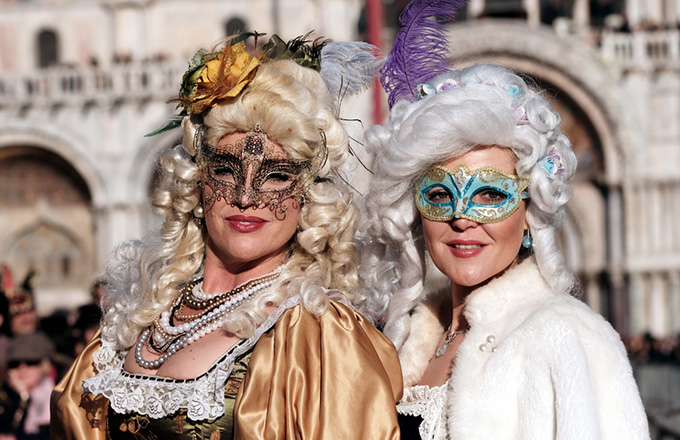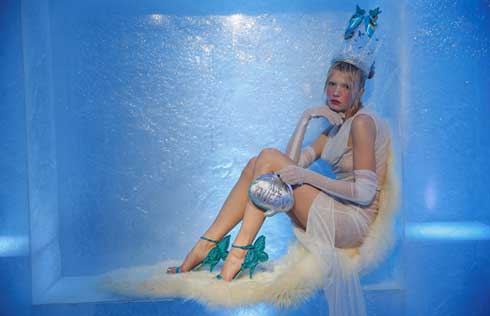Louvre show: Vermeer was both revolutionary and a borrower
Five years in the making, "Vermeer and the Masters of Genre Painting" presents a third of the Dutch Golden Age master's complete opus to the public. It is the biggest such collection of the old master's work in Europe in almost two decades.
It shows that, however revolutionary some elements of his paintings were, Vermeer also heavily borrowed from his rivals.
"In a way, Vermeer is not very original because he picks ideas from different contemporaries. His themes are very classical — music-making, lacemaking — that's been done before," curator Blaise Ducos told The Associated Press on Tuesday during a preview of the show.
Ducos said the genius of Vermeer, who died at 43 and produced just 36 paintings, can be seen in how he transformed rehashed themes and techniques.
"He has a distinct, specific psychology. I think there is a mood in Vermeer that you do not find in other paintings," Ducos said.
Vermeer's 12 oil paintings in the show, including "The Milkmaid" on loan from Amsterdam's Rijksmuseum, are hung side-by-side with 58 similar works by his 17th-century rivals such as Gerrit Dou and Garard ter Borch.
The exhibit also aims to dispel the widely-held belief that Vermeer was sedentary and seldom left the Dutch town of Delft.
"The show here presents another story ... all the refined paintings here prove that he must have been in touch directly with other paintings and other painters, so both in studios and collectors' mansions," said Ducos. "He must have traveled inside the Netherlands."The exhibit runs from Feb 22 to May 22 in the Louvre, and will travel to the National Gallery of Art in Washington D.C. in the fall.



















